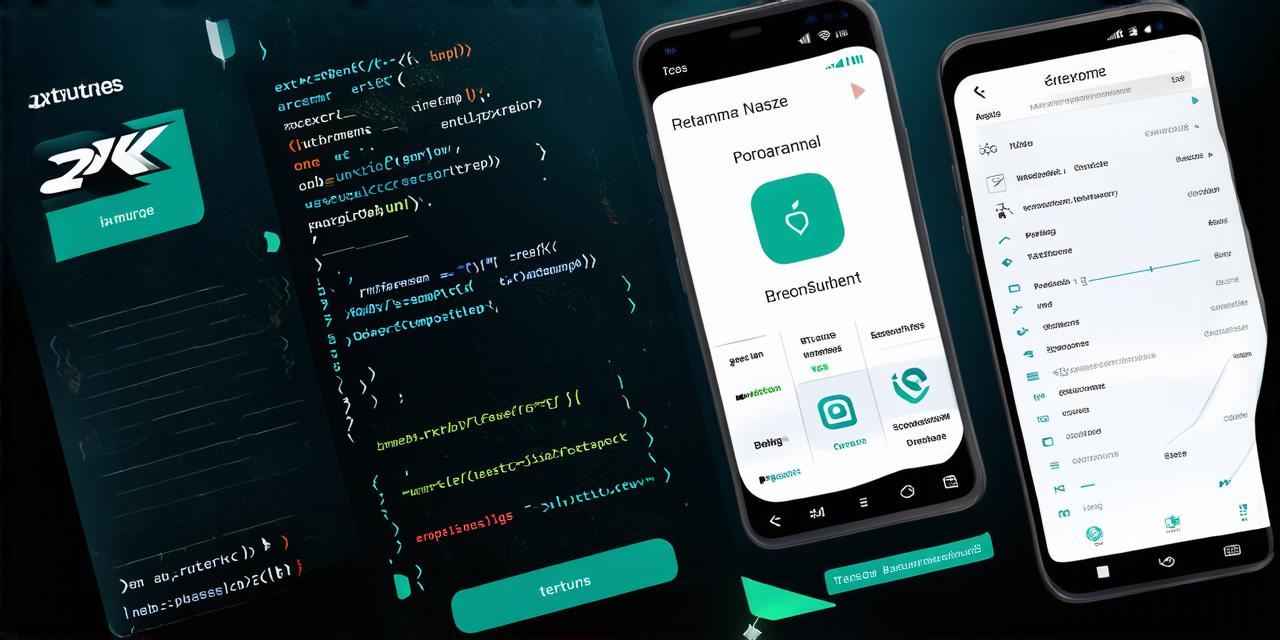Introduction:
The world is becoming increasingly reliant on mobile devices. With smartphones and tablets becoming the norm, people are using apps for everything from shopping to socializing. For mobile app developers, this means an ever-growing market with new opportunities to showcase their skills. However, developing a successful mobile application can be challenging, requiring a deep understanding of techniques, tools, and trends in the industry.
1. Understanding User Needs:
Before you start coding, it’s essential to understand what your users need. This involves conducting market research, identifying trends, and gathering feedback from potential customers. By understanding your target audience, you can create an app that meets their needs and provides a positive user experience. For example, if you are developing a fitness app, you will need to conduct surveys to gather information on the types of workouts people enjoy, what motivates them to exercise, and how they like to track their progress. This information will help you design a user-friendly interface that encourages users to keep coming back.
2. Choosing the Right App Development Platform:
There are several app development platforms available, including native development, cross-platform development, and hybrid development. Native development involves building separate apps for iOS and Android devices using Swift or Java, respectively. Cross-platform development allows you to build an app that runs on multiple devices, using a single codebase. Hybrid development combines the best of both worlds, allowing you to build an app that can run on multiple platforms using web technologies like HTML, CSS, and JavaScript.
3. Designing User Interfaces:
User interfaces (UI) are critical to the success of any mobile app. A well-designed UI can make an app easy to use, intuitive, and visually appealing. On the other hand, a poorly designed UI can be confusing, frustrating, and drive users away. Some key principles to keep in mind when designing user interfaces include simplicity, consistency, and accessibility.
4. Developing Mobile App Features:
Mobile apps come with a wide range of features that can enhance the user experience and provide new opportunities for engagement. Some common features include push notifications, location-based services, social media integration, and in-app purchases. When developing these features, it’s essential to consider the user experience and ensure that they are integrated seamlessly into the app.
5. Testing and Quality Assurance:
Testing is an essential part of mobile app development, helping to identify bugs, errors, and security vulnerabilities before the app is released. There are several types of testing that can be performed, including unit testing, integration testing, system testing, and user acceptance testing (UAT). Additionally, it’s important to conduct regular quality assurance checks to ensure that the app continues to meet the needs of users and provide a positive user experience.
6. Security Measures:

Security is a critical concern for mobile app developers, as sensitive data like financial information and personal details are often stored on devices.



